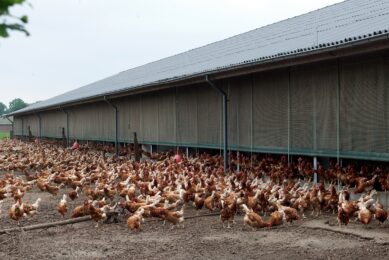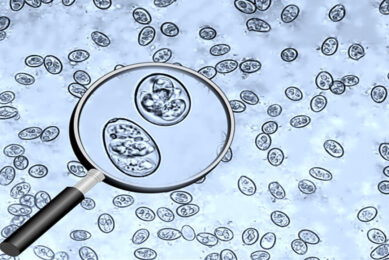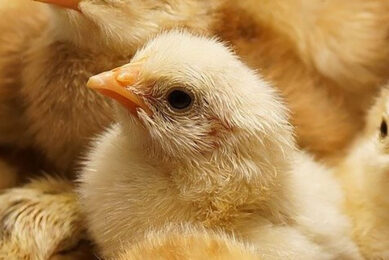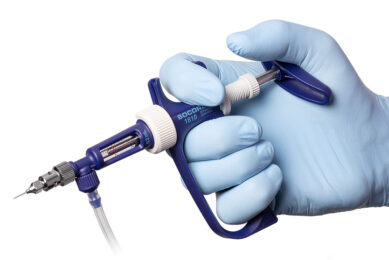Vaccine for campylobacter in chickens needed
Biosecurity measures on their own are insufficient to control campylobacter. A vaccine is necessary before the industry can make significant strides in cutting its prevalence.
Farmers Weekly reports that the interest in reducing campylobacter is being driven by the European Commission which in 2008 asked the European Food Safety Authority (EFSA) to consider approaches and targets to reduce campylobacter in poultry meat.
Most intensively-reared flocks become campylobacter-positive after 2-3 weeks of life, and that transmission to flocks occurs horizontally from the environment via a number of routes, including human traffic into the houses and possible vectors like water, rodents or flies. Such routes could be minimised by strict biosecurity, but to date such levels of biosecurity have proved difficult to effectively introduce and maintain. Therefore, there is an increasing recognition for the need for complementary approaches, such as vaccination, to supplement biosecurity in protecting flocks from campylobacter colonisation.
To date, however, no effective campylobacter vaccines have been commercialised, Farmers Weekly continues.
Two strategies underway
Currently 2 strategies are generating interesting results. The first strategy involves the use of a live salmonella vaccine genetically engineered to incorporate campylobacter antigens. The salmonella vaccine is also engineered to be quickly eliminated from the chicken’s gut, so that vaccinated birds would be salmonella-negative by slaughter.
These experiments have been undertaken using different salmonella strains and campylobacter antigens, and successful protection against experimental challenge with campylobacter has been reported. However, the use of a genetically engineered live salmonella vaccine in food production raises a number of issues regarding consumer acceptability and commercial viability, which will need to be addressed in Europe. Clearly considerable further research is needed to establish the effectiveness of this approach on commercial poultry units.
A second strategy uses sub-unit vaccines of campylobacter. Because this approach does not use GM vaccines, acceptability is not an issue. The problem with this approach is that such antigens, delivered orally, fail to generate a response at the chicken’s gut surface. In mice and humans, there are several materials (adjuvants), which can effectively present the antigens to generate an immune response at the gut surface. Unfortunately, research has shown that most of these adjuvants are ineffective in the bird’s gut.
However, one such adjuvant, chitin microspheres, was able to effectively present a major campylobacter antigen, flagellin, to stimulate both antibody and cellular immune responses in chickens and that these responses gave protection against experimental challenge.
Both strategies provide proof that vaccination is a feasible way of protecting chickens from campylobacter. However, much more research will need to be conducted to establish the practicality of such an approach on commercial units.
To conclude, vaccination is a long-term strategy requiring considerable future investment. But given the extent of the public health issue, the difficulty in excluding campylobacter from flocks and the current lack of an alternative strategy, a commitment to vaccine development may become worthwhile.
Source: Farmers Weekly
Join 31,000+ subscribers
Subscribe to our newsletter to stay updated about all the need-to-know content in the poultry sector, three times a week. Beheer
Beheer








 WP Admin
WP Admin  Bewerk bericht
Bewerk bericht